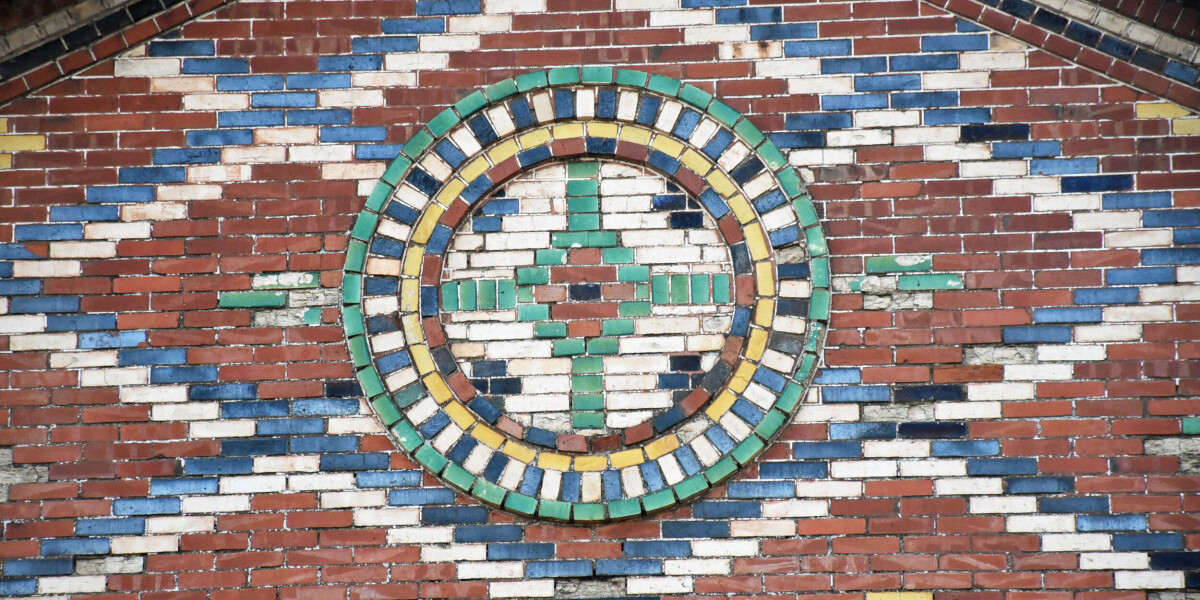
French renovation: why bricks don’t deserve ‘second best’ reputation
- Select a language for the TTS:
- UK English Female
- UK English Male
- US English Female
- US English Male
- Australian Female
- Australian Male
- Language selected: (auto detect) - EN
Play all audios:

NICK INMAN ARGUES THAT PRIMITIVE MUDBRICK CONSTRUCTIONS COULD FIND A NEW FAN BASE AMONG PEOPLE LOOKING FOR MORE ENVIRONMENTALLY FRIENDLY BUILDING PRACTICES For most of my life I looked down
on brick. Stone, I thought, was so much more handsome as a building material. Brick was obviously a second best that was used out of necessity by people who lived on plains where there was
no rock to be quarried but plenty of clay to be dug up. I changed my mind when I visited Toulouse – ‘the pink city’ – and learned to appreciate the intrinsic virtues and aesthetic appeal of
brick. Since then, my eyes have been further opened. My own house is mainly made of round river stones but its builders incorporated some bricks, either for structural reasons or to
decorative effect. Once I would have thought that a brick is a brick. EACH BRICK HAS ITS OWN STORY Now I know that each ancient piece of shaped earth has its own story. I will come to baked
bricks in a subsequent article, but for now I want to go back to the beginning. Shortly before the pandemic confined us all to barracks, I attended an open day at the former brickworks in my
local capital, Tarbes. It is a magnificent industrial building in its own right, being decorated with patterns of colourful brick, but even better was the interactive exhibition organised
by my local branch of the Conseil d’Architecture, d’Urbanisme et de l’Environnement (CAUE), an organisation that promotes awareness of good building practice. OLDEST AND CHEAPEST BUILDING
MATERIAL EVER INVENTED An expert in natural building techniques demonstrated to me the basics of the brick, the oldest and cheapest building material ever invented. People the world over
have been assembling dwellings with brick for thousands of years out of simplicity. Dig up a couple of handfuls of clay, shape them in a rectangular mould, leave them to dry and harden and
you have an unbaked brick or_ terre crue_, variously called adobe or mudbrick in English. There are a surprising number of buildings in France constructed with mudbricks – two or three
million of them. They are most common in Champagne but also plentiful in the Gers and the Auvergne. DATE FROM THE 13TH CENTURY The very oldest mudbrick constructions date from the 13th
century but most are from the 18th and 19th centuries. To be accurate, I should add that the clay was usually mixed with vegetable fibres to make it stronger and the abode was often combined
with a timber frame. Where possible, some earth-builders laid proper stone foundations or reinforced corners and other weak points with baked bricks. For a long time, these mud houses were
looked down upon as disposable architecture. The widespread availability of industrial bricks and cement made mudbricks seem like the poor person’s building solution. These days, however,
they should not be dismissed too lightly. ENVIRONMENTALLY CONSCIOUS AGE _Terre crue_, long out of fashion, has been rediscovered by an environmentally conscious age. What could be more
sustainable than digging up your own mud and making something from it, or preserving an old building that represents the ingenuity and improvisation of the past? Mudbrick buildings can be
very versatile, are 100% natural, and they are also often very attractive. No two such houses are ever identical and there is scope for much creativity. In the area around Astarac and
Magnoac in the Gers, there are magnificent walls (_murs en damier_) fashioned in a chessboard pattern of alternating squares of earth and stone. If you have acquired a mudbrick building or
you want to make your own, there is now a lot of advice available. Your regional branch of CAUE (FNCAUE.COM) is a good place to start. AsTerre (ASTERRE.ORG) is the association for
professional mudbrick builders. Other useful websites are CRATERRE.ORG and MAISONS-PAYSANNES.ORG. RELATED ARTICLES FRENCH RENOVATION: BELL TOWER COLLAPSE IS A CHANCE TO RING THE CHANGES DIY
IN FRANCE: FIXING GARDEN WALL IS OPPORTUNITY TO STUDY OLD METHODS DIY: BUYING WOOD BOARD FOR FRENCH PROPERTY RENOVATION CAN BE MINEFIELD
